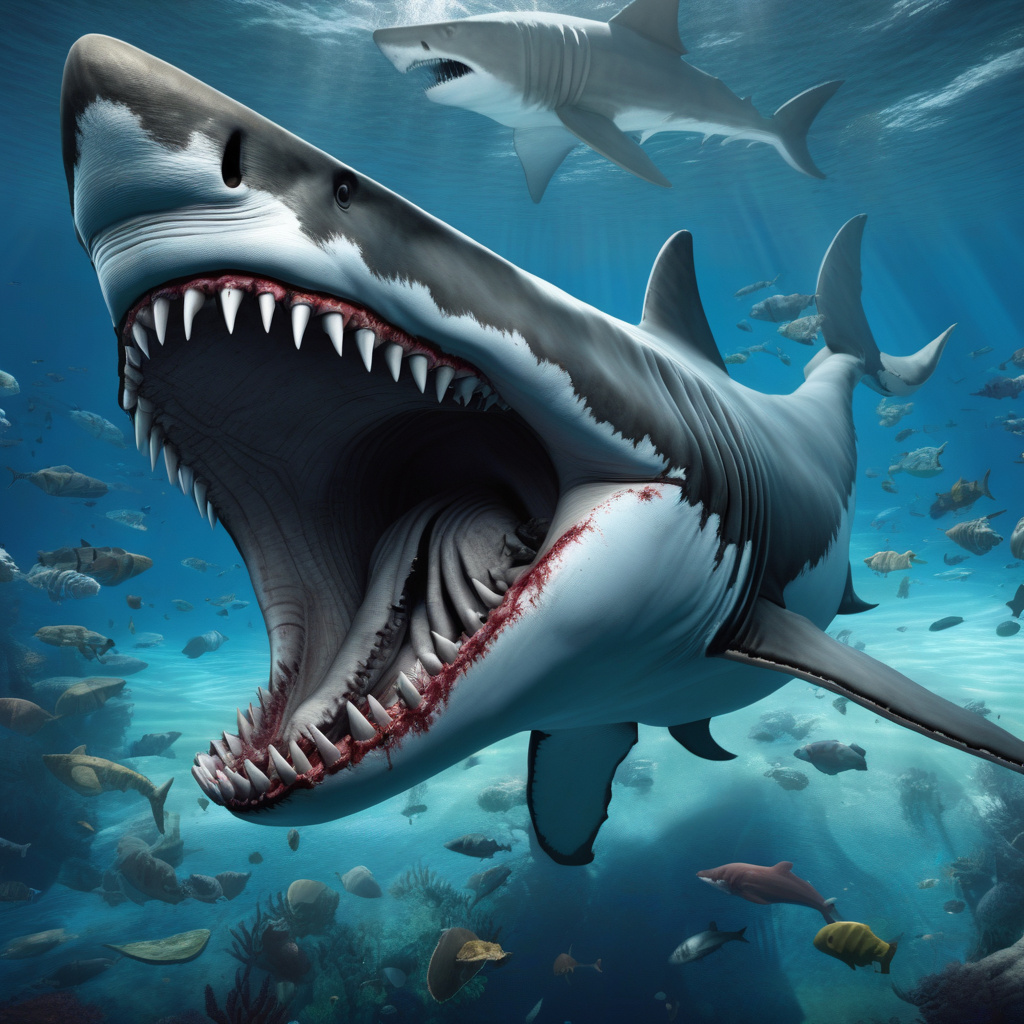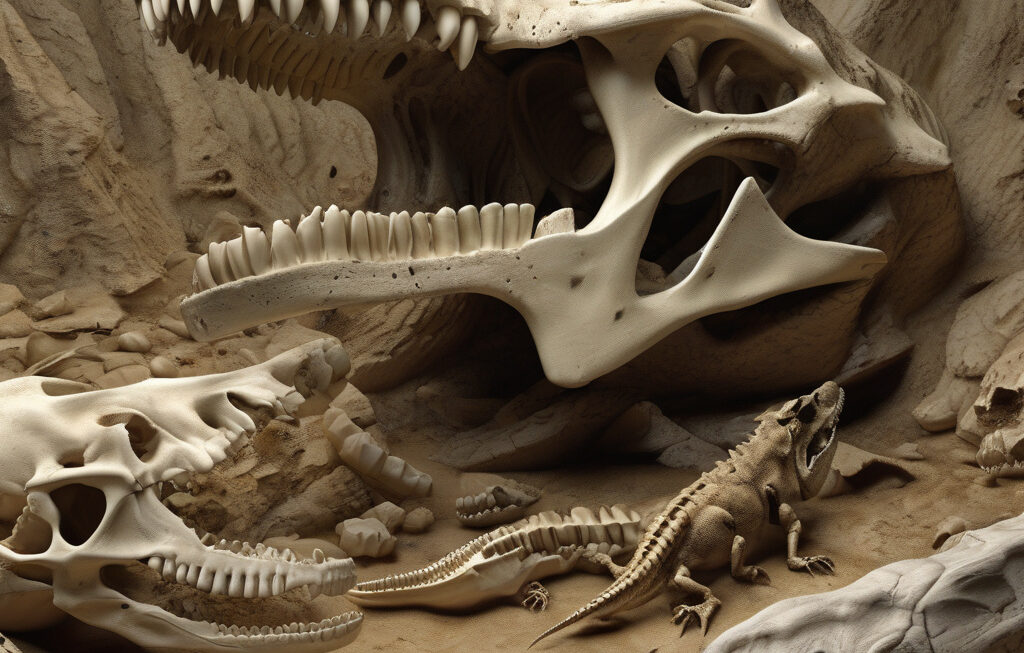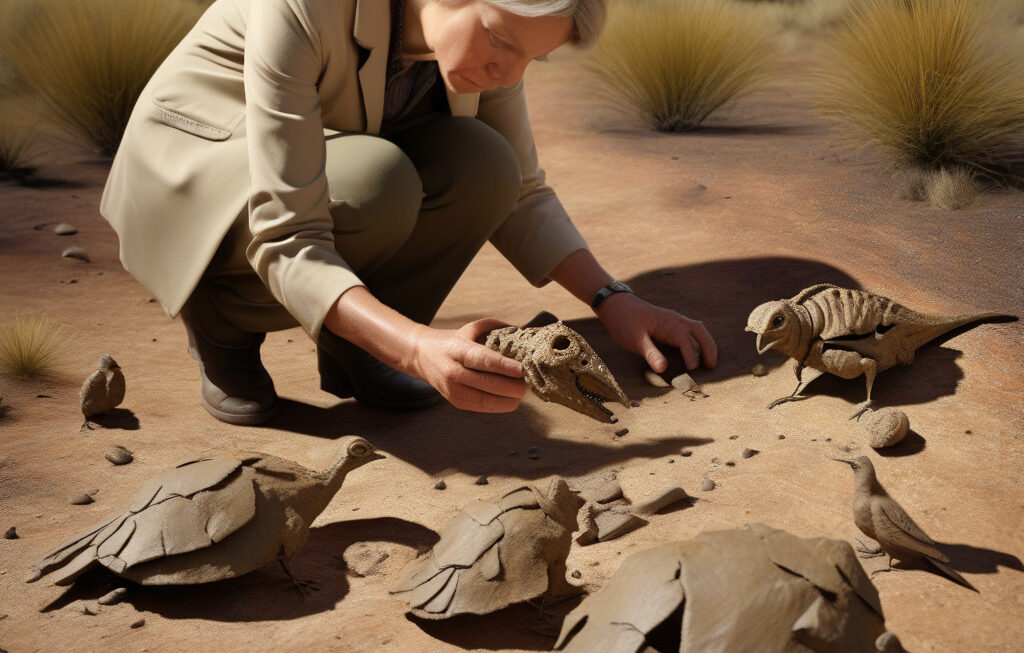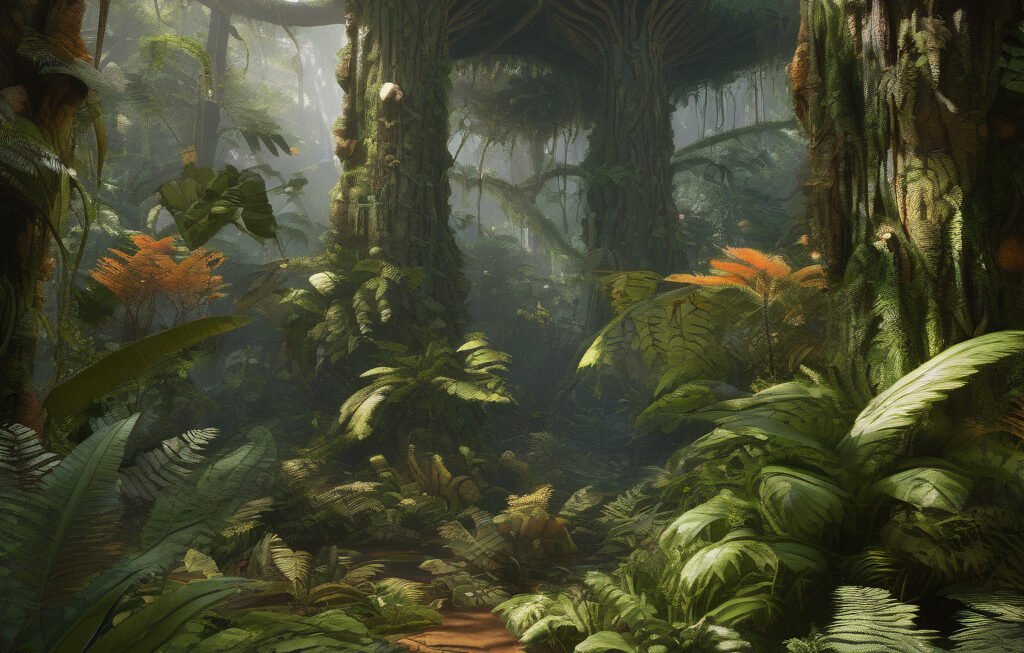Megalodon’s Secret Menu: Biggest-Ever Sea Predator Ate More Than Just Whales
For decades, scientists assumed that Otodus megalodon—the largest predatory fish in Earth’s history—fed almost exclusively on whales. However, recent discoveries have shed light on the megalodon’s diverse diet, indicating that this ancient sea creature had a more varied menu than previously believed.
The megalodon, which prowled the world’s oceans approximately 23 to 3.6 million years ago, was thought to have primarily hunted and consumed large marine mammals such as whales. Its massive size, estimated to reach up to 60 feet in length, led experts to believe that it relied on a diet rich in blubbery prey for sustenance. While this assumption was not unfounded given the megalodon’s formidable hunting capabilities, new evidence has challenged the notion of its dietary habits.
Fossilized megalodon teeth, the primary remnants of this extinct species found in abundance around the globe, have provided valuable insights into the creature’s feeding behavior. By analyzing the chemical composition of these teeth, scientists have been able to determine the megalodon’s diet with greater precision. Surprisingly, the results have revealed traces of animals other than whales, suggesting that the megalodon had a more varied palate than previously thought.
One significant finding is the presence of seals and sea turtles in the megalodon’s diet. These smaller marine creatures would have offered a different nutritional profile compared to whales, indicating that the megalodon may have supplemented its diet with a diverse range of prey. The inclusion of seals and sea turtles in its menu also hints at the megalodon’s adaptability as a hunter, showcasing its ability to target different species depending on availability and circumstances.
Moreover, the discovery of prehistoric dolphin remains with distinctive bite marks matching those of the megalodon further supports the idea of a broader diet for this ancient predator. This evidence suggests that the megalodon may have opportunistically targeted various marine animals, including smaller cetaceans, in addition to its primary prey of whales.
The implications of these findings are profound, as they challenge our understanding of the megalodon’s ecological role and behavior within ancient marine ecosystems. By revealing a more diversified diet, scientists are painting a more nuanced picture of this enigmatic giant and its place in the prehistoric food chain. Rather than a specialized whale hunter, the megalodon appears to have been a versatile apex predator capable of exploiting a range of food sources.
As research into the megalodon’s diet continues to evolve, fueled by new discoveries and innovative analytical techniques, we can expect further revelations about this iconic sea creature. By piecing together the puzzle of its feeding habits, scientists are not only uncovering the secrets of the megalodon but also gaining valuable insights into the dynamics of ancient oceanic environments and the interplay between predator and prey.
In conclusion, the megalodon’s secret menu is a fascinating glimpse into the dietary preferences of a prehistoric giant that once ruled the seas. Far from being a one-trick predator, the megalodon’s diverse diet showcases its adaptability and predatory prowess in a world teeming with marine life. As we unlock more mysteries surrounding this colossal creature, one thing is certain: the megalodon’s menu was far more extensive than we ever imagined.
megalodon, sea predator, marine ecosystem, prehistoric, dietary habits












